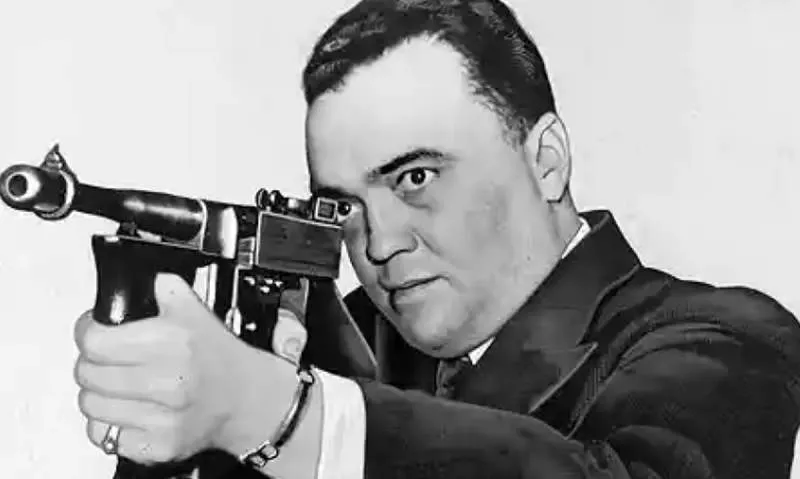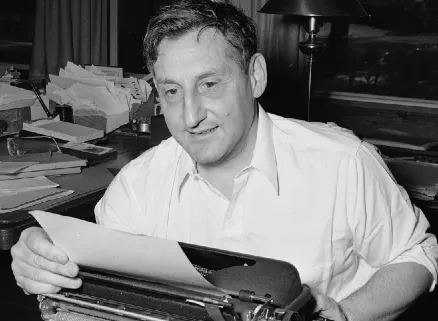What Was the Red Scare?
The ‘Red Scare’ is a term used to describe the US hysteria over the perceived threat posed by Communists who were often derogatively referred to as ‘Reds’.

First Red Scare
The first Red Scare occurred just after WWI and the Russian Revolution of 1917, which saw Vladimir Lenin and the Bolsheviks topple the Romanov dynasty leading to the rise of the Communist Party. US labor strikes were on the rise and the American government feared the influence of communism, leading to the passage of The Espionage Act (1917), which punished acts of interference or ‘disloyalty’, and the Sedition Act (1918), which targeted citizens who criticized the government and threatened labor union leaders with deportation.
Larry Ceplair, a retired professor of history, describes the post-WWI Red Scare as an aggressive, anti-communist political force that became progressively institutuionalized.

The Palmer Raids and the FBI
The feverish era climaxed in 1919 and 1920 when US Attorney General Alexander Mitchell Palmer ordered the so-called “Palmer Raids”, police raids on leftist radicals and anarchists.
The FBI’s longtime Director J. Edgar Hoover, a fervent anti-communist, was another key player following WWI. Hoover oversaw the Bureau from 1924 to 1972 when the FBI compiled lengthy files on suspected communists and subversives using wiretaps and infiltrating leftist groups.
"The brand new social experience where you activate your gaming skills as you train like a spy."
- TimeOut
Take on thrilling, high-energy espionage challenges across different game zones.


The Second Red Scare
The second of three Red Scares occurred at the beginning of World War II (1939-41) and accelerated the growth of anti-Communism, according to Ceplair, author of The Inquisition in Hollywood. (Other historians bypass the early WWII period and consider the second Red Scare began in the late 1940s.)

The Third Red Scare
The powerful fear of communism permeated the US once again from the late 1940s into the decades of the Cold War with the Soviet Union. Superpower rivalry increased fears and hysteria that communists and left-wing sympathizers might be working as Soviet spies in the US.
On October 20, 1947, the notorious Red Scare ratcheted up a notch as a Congressional committee in Washington D.C. began its investigation into the communist influence in Hollywood.

Screenwriter John Howard Lawson (pictured left) became the first member of the so-called ‘Hollywood 10’ on October 27, 1947.
The 10 included producers, directors, and screenwriters who were imprisoned for refusing to answer questions about their colleagues or their own political affiliations when called before the House Un-American Activities Committee (HUAC).

McCarthyism
The post-WWII Red Scare era is sometimes referred to as McCarthyism after US Senator Joseph McCarthy, who in 1950 claimed that large numbers of communists and spies had infiltrated the US State Department and government.
McCarthy also alleged Soviet spies and communists had infiltrated universities and - notoriously - Hollywood’s film industry. His campaigning helped usher in the Hollywood blacklist, a list of about 150 or so workers who were not allowed to work at the studios post WWII because of their alleged communist or subversive ties.

Dalton Trumbo and the end of the Red Scare
The blacklist endured until about 1960, when Dalton Trumbo - a member of the 'Hollywood 10' - received a screen credit under his real name for writing Spartacus, one of the most influential epic films ever produced.
In his 2012 memoir, I Am Spartacus!, Kirk Douglas recalled hiring Trumbo, who dashed out a version of the movie script under the name Sam Jackson. "I gave my new friend 'Sam' a copy of the book and he promised to read it right away," Douglas said. "I had been thinking a lot about the day when the blacklist would end."
Douglas and movie director Otto Preminger were instrumental in ending the blacklist, helping Trumbo receive credit for both Spartacus and Exodus.
SPYSCAPE+

Join now to get True Spies episodes early and ad-free every week, plus subscriber-only Debriefs and Q&As to bring you closer to your favorite spies and stories from the show. You’ll also get our exclusive series The Razumov Files and The Great James Bond Car Robbery!


Gadgets & Gifts
Explore a world of secrets together. Navigate through interactive exhibits and missions to discover your spy roles.
Your Spy Skills
We all have valuable spy skills - your mission is to discover yours. See if you have what it takes to be a secret agent, with our authentic spy skills evaluation* developed by a former Head of Training at British Intelligence. It's FREE so share & compare with friends now!
* Find more information about the scientific methods behind the evaluation here.


Stay Connected
Follow us for the latest
TIKTOK
INSTAGRAM
X
FACEBOOK
YOUTUBE